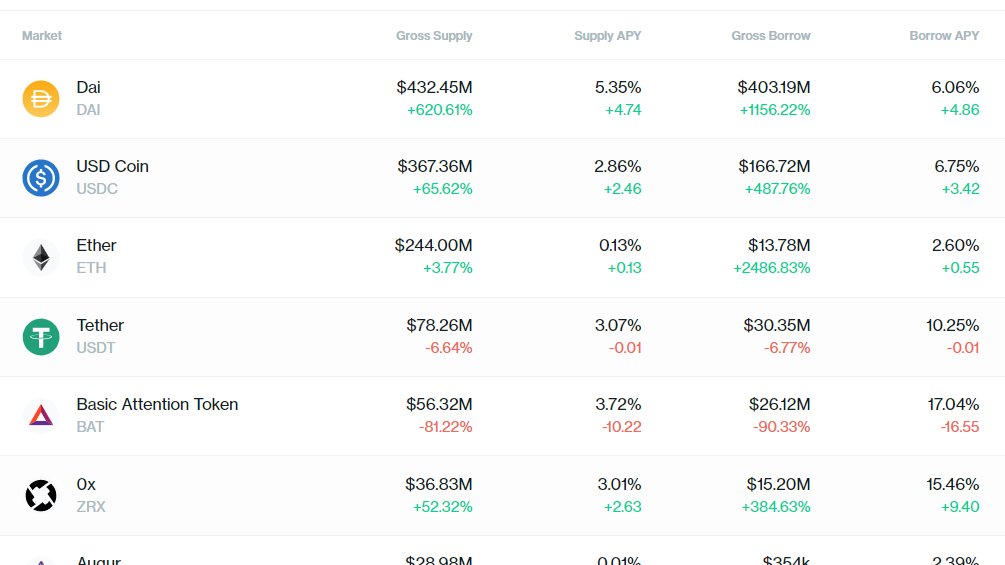
This is where our Stablecoins 2.0 paper can help to bridge the gap btw traditional finance and crypto
arxiv.org/abs/2006.12388
Where risks are similar, similar regulation makes sense. This applies particularly well to custodial stablecoins
arxiv.org/abs/2006.12388
Where risks are similar, similar regulation makes sense. This applies particularly well to custodial stablecoins
https://twitter.com/rohangrey/status/1334258771204325378
For non-custodial stablecoins, it's more complex. Where they rely on central governors, they may have fiduciary risks. But where non-custodial stablecoins aim to align incentives of agents decentrally and remove custodial and fiduciary points, then the risks are very different
Non-custodial risks are more like blockchain and market manipulations, which are issues outside of any given stablecoin. Makes more sense to pursue such manipulators for attacks, hacks, frauds as opposed to the smart contract coder (unless they're the same!)
An analogy: when Libor is manipulated, you pursue the manipulators, not whoever came up with the Libor calculation that allowed manipulation! This is where better definition of manipulation and scope might be useful--and what forward-thinking regulation ought to be discussing?
Manipulations may be hard to enforce directly owing to the the anonymous environment, but they aren't (currently) hard to track owing to the open data structure. As with crypto hacking and scams, they can be enforced at the crypto-fiat point of exchange
• • •
Missing some Tweet in this thread? You can try to
force a refresh




